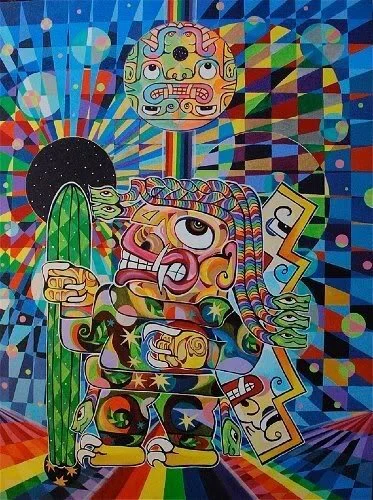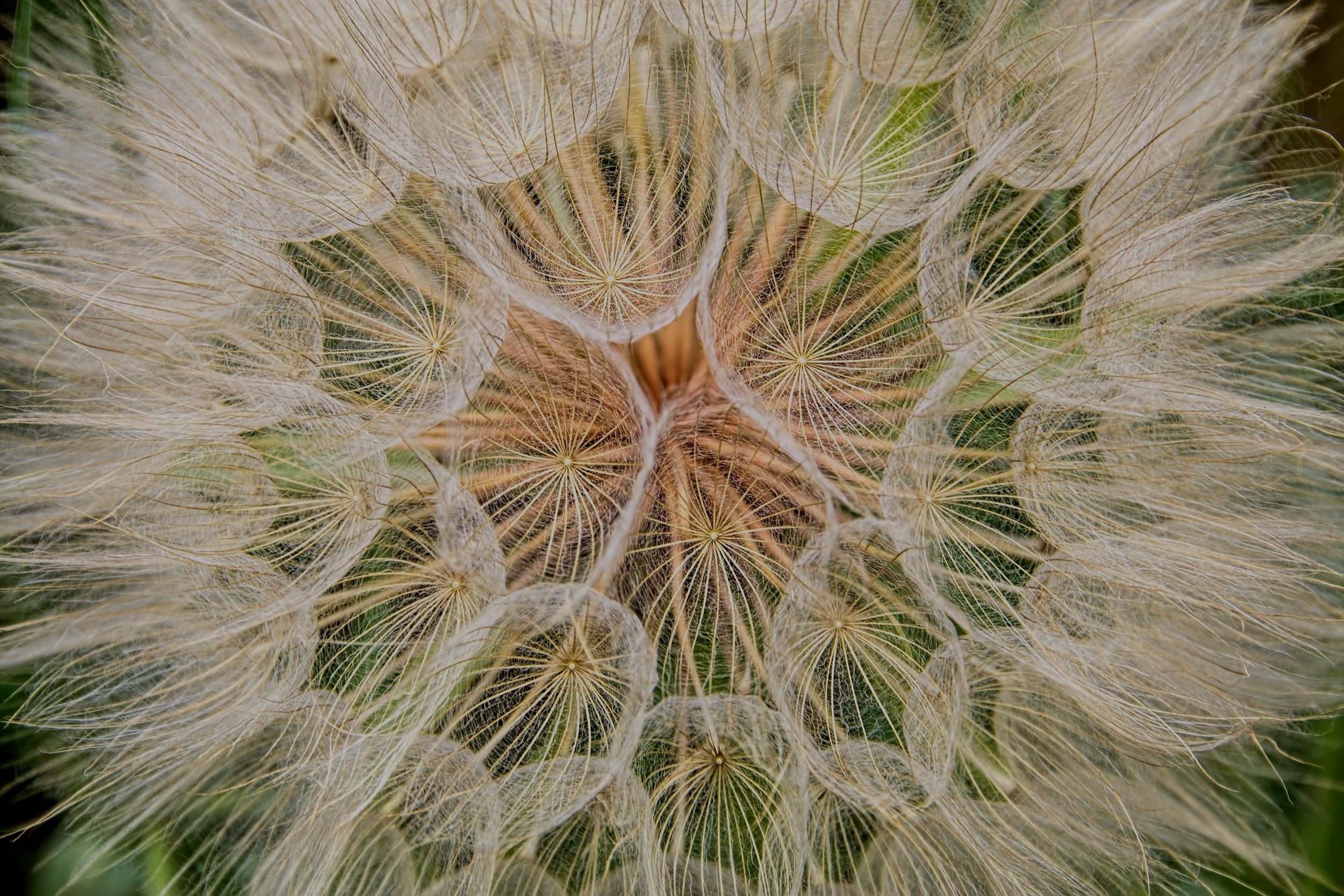
HUACHUMA
HEART WISDOM MEDICINE

This ancestral teacher plant goes by many names:
Huachuma. Wachuman. San Pedro. Aguacoya. Abuelito. Mescalito. El Remedio. Giganton.
Also known as the Cactus of the Four Winds, whichever name you choose to use, at it’s core, Huachuma is heart-opening, heart-consciousness, sacred medicine.
Huachuma is a columnar cactus that grows native to the Andean mountains of South America.
Despite the recognition and popularity of Amazonia’s plant teacher Ayahuasca, you could consider Huachuma to be the entheogenic Andean equivalent; Ayahuasca often referred to as the archetypical feminine energy of the jungle, while Huachuma embodies the archetypical masculine energy of the mountains.
Huachuma has been used for thousands of years for a variety of purposes, from spiritual exploration, mysticism and divination, to mind-body-spirit healing and medicine.
While Huachuma contains many chemical constituents, most people are familiar with mescaline, the same alkaloid found in Huachuma’s North American cousin, Peyote, and the same alkaloid detailed by the likes of Aldous Huxley and Alexander Shulgin.
In comparison to the ‘tryptamines’ found in entheogens such as Ayahuasca and Psilocybin mushrooms, mescaline is a ‘phenethylamine’, carrying qualities that catalyze the empathetic, compassionate, and heart-expanding characteristics often associated with Huachuma.
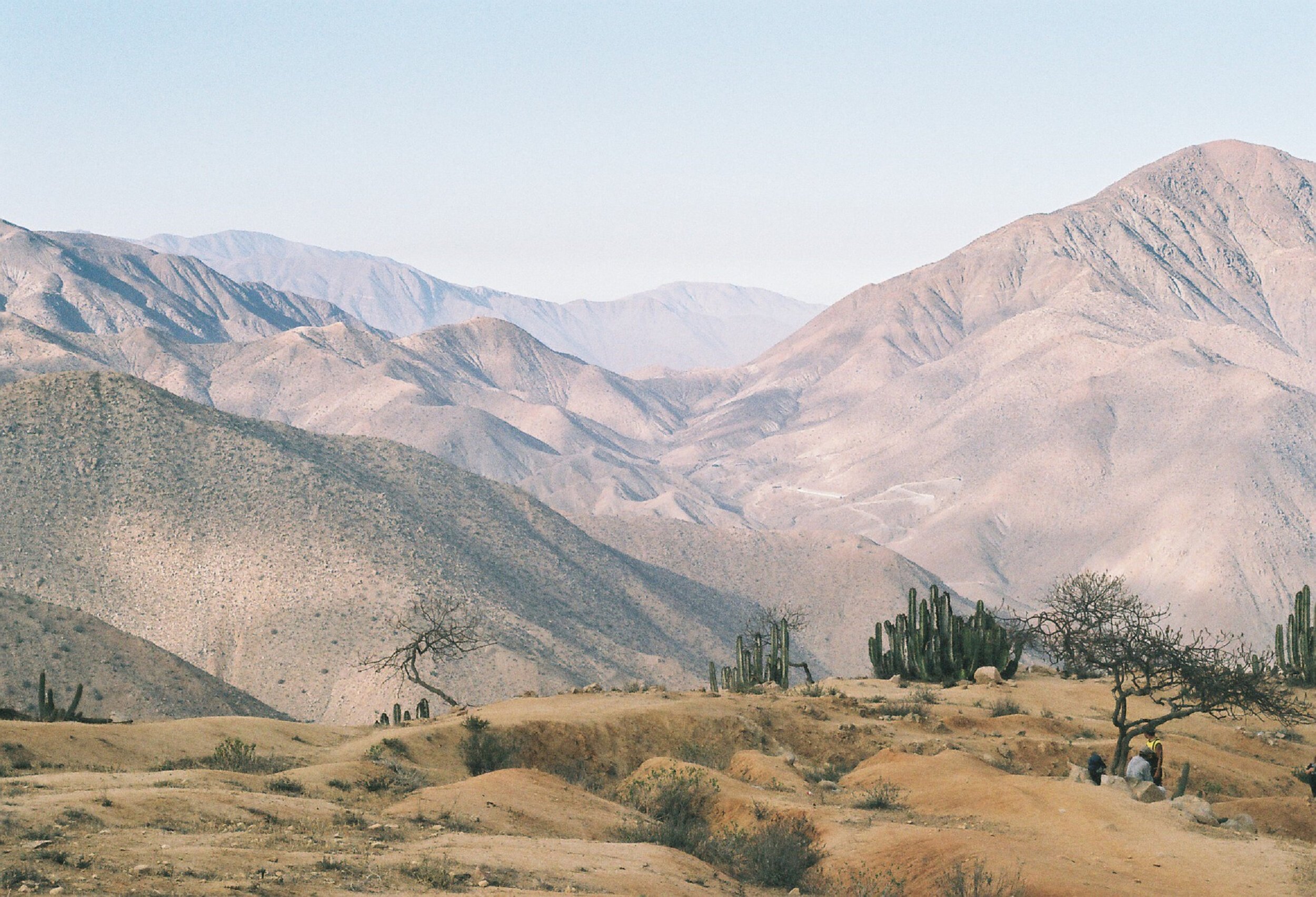
THE ORIGINS OF HUACHUMA

There is little doubt that Huachuma was originally consumed by hunter-gatherer communities in pre-historic times, however some of the earliest documented usage of Huachuma in a ritualistic context points back to the great shamanic tradition of Chavin.
Known as the cradle of Andean civilization, Chavin was not only a culture, but a pilgrimage destination; a spiritual movement, with sacramental plant medicine usage at it’s core. Arising 3500 years ago and unfolding over the subsequent 1000 years, give or take, Chavin was a centre point for the expansion of consciousness.
Huachuma is known for being one of the archaic plant technologies that catalyzed the great “pulse of consciousness” that arose from Chavin, and interestingly, archaeological evidence shows that Chavin was the center of a people and culture that lived a life free from warfare.
Not all that surprising when one has experienced what this cactus has to offer.
Much of the iconography at Chavin temple sites, such as Chavin de Huantar in the Central Andes of Peru -the Huachuma temple of universal consciousness- depict serpent, jaguar and eagle motifs, which suggests a cross pollination from the Amazon; the native environment of these animals. It’s suspected that Amazonian, Andean, and Coastal traditions and peoples converged at this nexus point to give rise to Chavin’s expert facilitation of heart-centered consciousness.
Textiles from Chavin, equally as old, depict the cactus with both jaguar and hummingbird motifs; two of the guardian allies of Huachuma. Peruvian ceramics dated 1000-700BC depict the cactus in association with the deer. A ceramic pot from the Chimu culture dating back to 1200AD depicts an owl-faced woman holding a cactus.
Therianthropic transforming shamans and shamanic deities can also be found in Chavin’s masterful stonework, as shown in the granite carvings of the “Lanzon”, “Stela Raimondi”, and “El Chaman”.
The overarching mission and vision of Chavín could be distilled down to the healing and expansion of shamanic initiates through the sharing of profound plant teacher medicines; catalyzing the gifts of purification, transformation and unification; oneness; cosmic consciousness, for those with sincere intentions, humility and integrity of approach.
Para el bien de todos; for the good of all, was the crux of Chavin’s shamanic heart-consciousness exploratory practices.
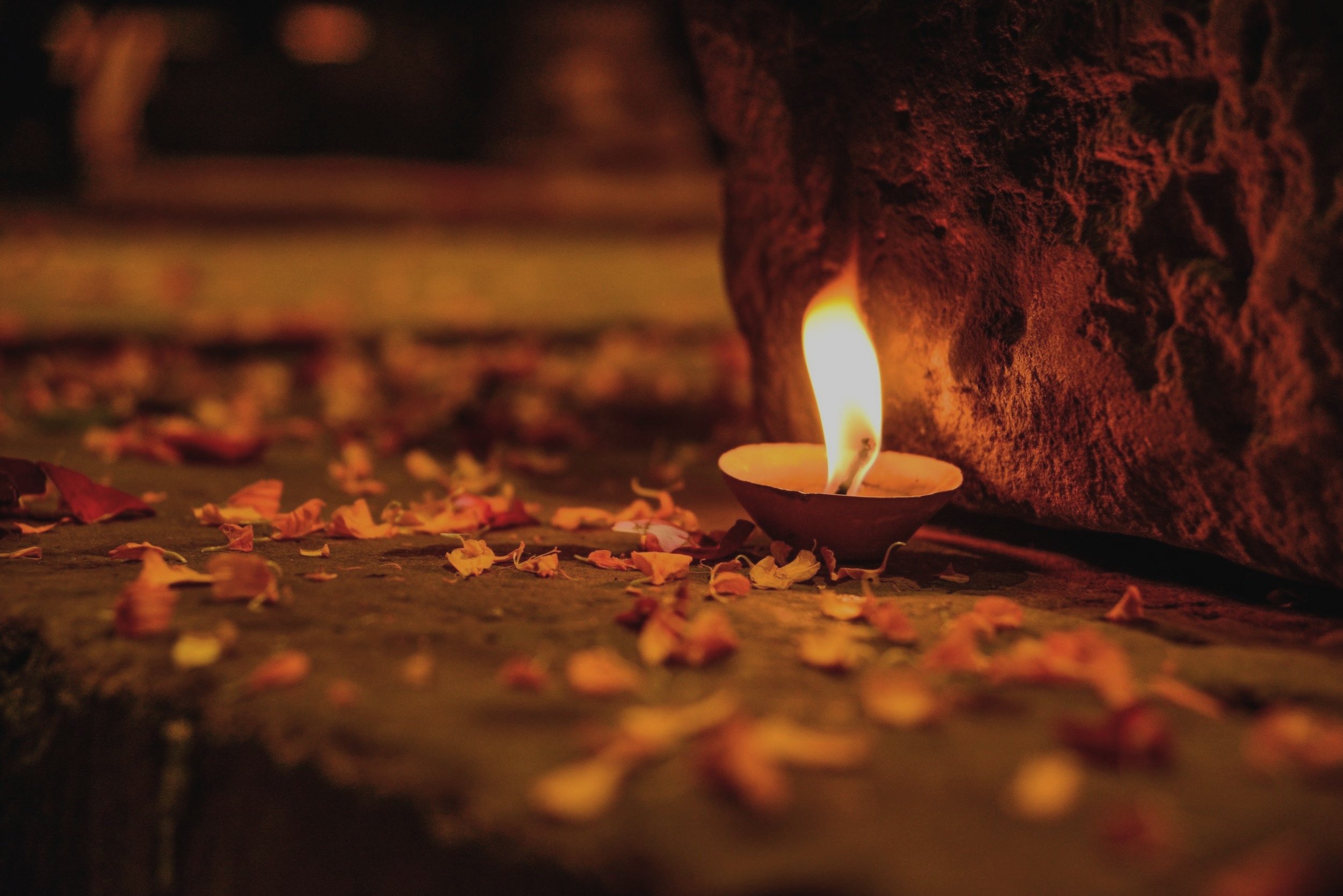
THE MESA & SAN PEDRO
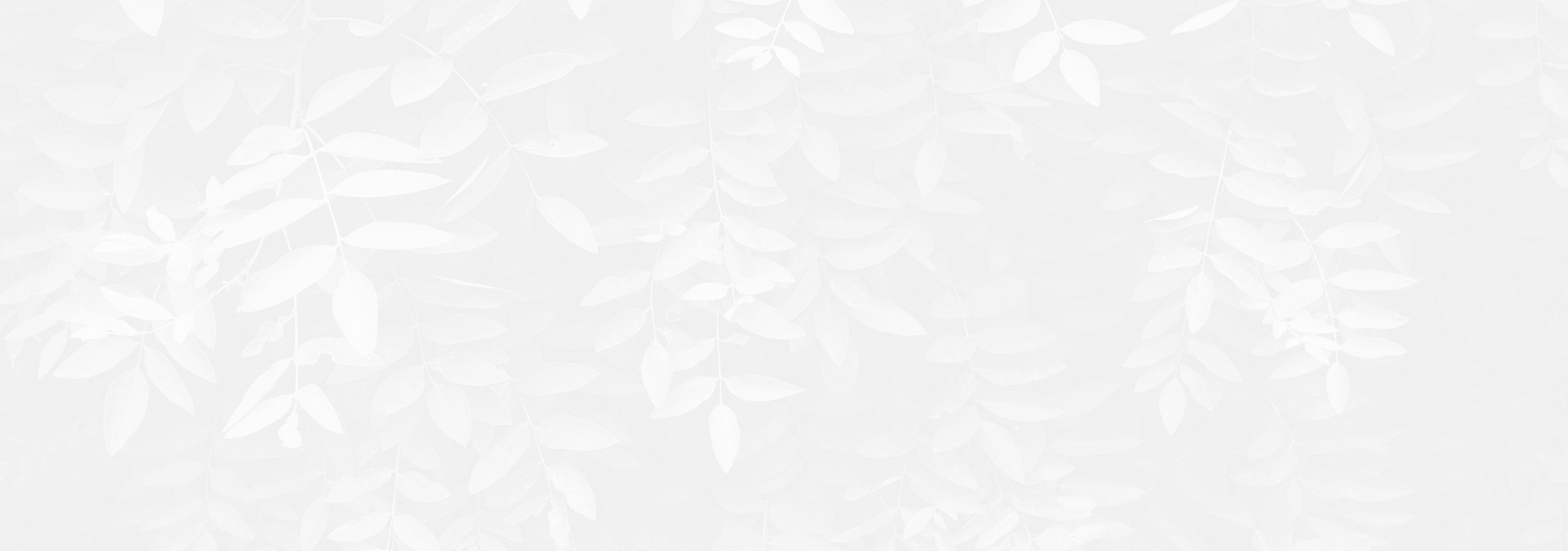
Eventually the peoples, traditions, and shamanic cosmology of Chavin dispersed into the Andean cultures that Chavin helped to birth, with Huachuma still being used as a sacrament by the likes of the Mochica, Chiclayo, Sicán-Lambayeque, Paracas and beyond, in unbroken shamanic traditions.
Huachuma became more widely known as San Pedro when the Spanish conquistadors arrived on the scene back in the early 16th century. As with many indigenous nature-based traditions, the Spaniard’s religious beliefs were threatened by indigenous practices, so there was an obvious attempt to forbid and abolish all shamanic customs that did not adhere to Catholic or Christian ideologies.
It’s here that the pre-colonial ceremonial traditions of Huachuma adopted a Catholic flavour, including the name change to San Pedro, arising from Saint Peter, who is said to hold the keys to the gates of heaven, making these shamanic rituals more palatable and acceptable to the religious doctrines of the time.
Traditional ceremonial use of Huachuma or San Pedro was often conducted in conjunction with a “mesa”; an altar. The word mesa in Spanish translates to table, however there also exists a connotation to the word “misa”, which equates to the ceremonial “mass” of Catholicism.
The mesa in its archaic yet sophisticated form is a representation of the cosmos; an axis mundi between earth and sky, containing artefacts -power objects, also known as “artes”- that have been energetically charged with spiritual energies.
The artefacts on the mesa are displayed in a certain manner to convey and concentrate these energies, which include the representation of the Andean concept of “yanantin-masintin”; finding harmony within, reconciling duality, and unifying the complimentary forces of masculine-feminine; yin-yang; light-dark; as above-so below.
The shamans personal relationship, understanding and mastery with these esoteric notions, and, with the sacred items within the mesa, are used to harness greater healing and mystical prowess during ceremonial practice. Ascended maestro curandero don Howard Lawler’s mesa is a spectacular presentation of the archaic Huachuma mesa centered around Chavin’s cosmic consciousness principles.
With the onset of the Spanish conquest, pictures of Jesus, Mary, various Catholic saints, and iconographies such as the cross made their way onto the Huachuma mesa. Despite the religious connotation, there was and still is -amongst select practitioners- an underlying understanding that these religious figures are representations of much larger universal and cosmic energies.
In our modern era, we now find many forms of ceremony being conducted; some archaic, some contemporary, some a blending of old and new, some without much reverence for the cactus at all, used in haphazard recreational settings.
With thousands of use as a sacred medicine and teacher plant, Huachuma certainly deserves as much respect and reverence as any other powerful entheogen, with skillful facilitation to harness the long-term healing potential of this great ancestral cactus medicine.

HEALING WITH HUACHUMA

You could point to a catch phrase whenever discussing the healing potential of any entheogenic or sacramental substances, in that there are never any guarantees when working with any medicine, whether Western, Eastern, shamanic, alternative, herbal or otherwise.
In saying that, it’s highly likely that after a masterful initiation into the world of sacred teacher plants, your life will never quite be the same again. Make no mistake about it, Huachuma is a grand maestro curandero of the highest form. A maestro of maestros, one might suggest.
Huachuma has the great capacity of opening our doorways of perception to expanded states of awareness; clearing, re-orienting and clarifying the senses to experience the awe and wonder of the cosmos, big and small. Huachuma has a way of transitioning us from the thought-based ruminating mind, into the opening, flourishing, and clarity of the feeling loving heart. Some might simply say that it feels like coming home.
One of the primary ways through which Huachuma heals is through helping one find balance and harmony in relationship with the natural world; in relationship with heart, soul and spirit; in relationship with the sacred. Despite having such profound healing capabilities though, the way in which this teacher plant catalyzes purification, transformation and unification -the three pillars of the healing experience- is not always gentle nor pleasant.
Some might refer to Huachuma as Siwar Qenti medicine, Otorongo medicine and Ukumari medicine; Hummingbird, Jaguar and Mountain Bear medicine, respectively.
At times Huachuma can flitter into our nectar-filled hearts with the joy of a hummingbird, whisking us into profound meetings with the great creator, experiencing the interconnectedness of life and the beauty of the natural world.
On the other hand, Huachuma can drag us tooth and claw into the dark belly of the underworld like that of a jaguar, catalyzing intense waves of discomfort as the medicine works to cleanse and purify us on deep levels of being.
Sometimes the experience is deep and restful, settling us into the realm of hibernating grandfather bear medicine; peace, stillness, heaviness, and visionary dreamscapes.
The things is, Huachuma medicine is many different kinds of medicine; from clearing, cleansing, healing, feeling, contemplative, reflective, rejuvenating, heart-opening, gratitude, visionary, divinatory, blissful, beautiful, exhausting, challenging, harrowing, to dying death and rebirth medicine.
There are never any guarantees as to where Huachuma is going to take us.
Cactus as a plant sacrament can illuminate and begin to peel back the layers of limiting perspectives and dysfunctional energy patterns that block us from stepping more fully into the truth of who we really are.
The atmospheric fog of childhood conditioning, unresolved painful experiences, and even unhealthy ancestral threads can cloud our perception and have a strong influence over our adult life. Huachuma helps to bring forth these disruptive subconscious blueprints to process them in a healthy manner, empowering the individual to gain clarity, closure and healing.
Mescaline containing plants, such as both Huachuma and Peyote, have a track record of helping people overcome drug and alcohol addictions, for the same reason that the underlying issues causing these addictions are often brought to the surface, giving people the opportunity to transform these dysfunctions while seeking healthier and more meaningful lives.
The heart wisdom medicine that Huachuma catalyzes requires presence, sincerity and commitment to the path, with the deep healing work continuing on and unfolding in the days weeks and months after the ceremonial and ritual process of consuming this plant sacrament. This is where the integration of disregarded or neglected aspects of self are brought back into harmony and the refinement of one’s life and how one wishes to live it is given greater care and consideration.
Sources also attest that Huachuma has been used traditionally to help diagnose and treat illness, heal a myriad of health issues and mental disorders, assist with fungal infections, fevers, regulating blood pressure, urinary track infections, as well as removing witchcraft.
It’s said that poultices of the stem are used externally to treat skin infections of all types, alongside dandruff, due to it’s anti-microbial activity. It’s said to also help reduce scarring, as well as observations of this medicine being a diuretic; cleansing the blood by a rapid detoxification of the kidneys through the urine.
Some say that Huachuma is also a powerful antimicrobial that inhibits 18 or more penicillin-resistant strains of bacteria.

RITUAL PREPARATION & PURIFICATION

All medicine plants worked with in a sacramental ceremonial context typically require some level of ritual preparation and purification.
Huachuma doesn’t demand as much as some of the other teacher plants, such as Ayahuasca, and the level of preparation depends on the ritual participants level of dedication to deepening into the process of healing and exploration, and the suggestive input of the facilitator and how they like to set the ceremonial container.
Some of the more important considerations revolve around setting our intentions for engaging this depth of shamanic exploration. Why are we interested in this path? What do we wish to learn? What stage of life are we at? How did we get here? What is ready to be released? What is it that we’re inviting in?
Intention can be a way of bringing new prayers & visions into being. Experience-oriented intentions should be released, as there are never any guarantees as to how the experience might unfold. Instead, one’s intention should reflect long-term results and how one wishes to live their life.
What is your prayer? What is your vision? What are your gifts to community and the greater web of life?
While the clarification of our intentions is a cornerstone of ritual preparation, it’s equally as important to come with as few expectations as possible. Expectations pave the path to disappointment and carry the potential to cloud one’s lens of perception so that one may fail to see the gold scattered right before one’s very eyes.
It’s not uncommon for ritual participants to ponder what they want out of the medicine, without taking a moment to consider what it is that one is giving in return. Sacred reciprocity, known as “ayni” is one of the pillars of shamanic understanding and Andean philosophy: Before one takes, one must make an offering. Give-receive; yanantin-masintin; all things in balance and harmony within the great cosmic order.
What is it that you’re willing to offer in exchange for the medicine and it’s teachings?
Some facilitators preach a strict diet for ritual purification, similar to Ayahuasca, such as bland foods, no meat, no oils, no fats, no spices, no salts, no alcohol; while other facilitators are more relaxed about pre-diet protocol.
Some suggest a light meal in the morning if one is preparing for a day time ceremony, while others hold a container where the group fasts from all food until the evening.
Other methods of ritual purification involve abstinence from sex, technology, chaotic environments and unhealthy chemicals and products, while engaging periods of quiet restful reflection, preferably in nature. This opens a path to enter ceremony with enhanced clarity, sincerity, pure intention and a clearer vessel to reduce discomfort through the medicine initiating any potential detoxification and purification process.
One’s level of experience and how far along one is down the path can certainly influence one’s level of preparation. If someone has cultivated a life of alignment to health, truth, virtuous qualities and what it is that’s most important; most sacred within their lives, how one approaches daily life may not be all that different from how one approaches ceremonial work and a ritual container with teacher plant medicines.
For the less experienced, nurturing one’s environment and preparing for change -mentally, emotionally, physically and spiritually- may need more careful consideration and reflection.
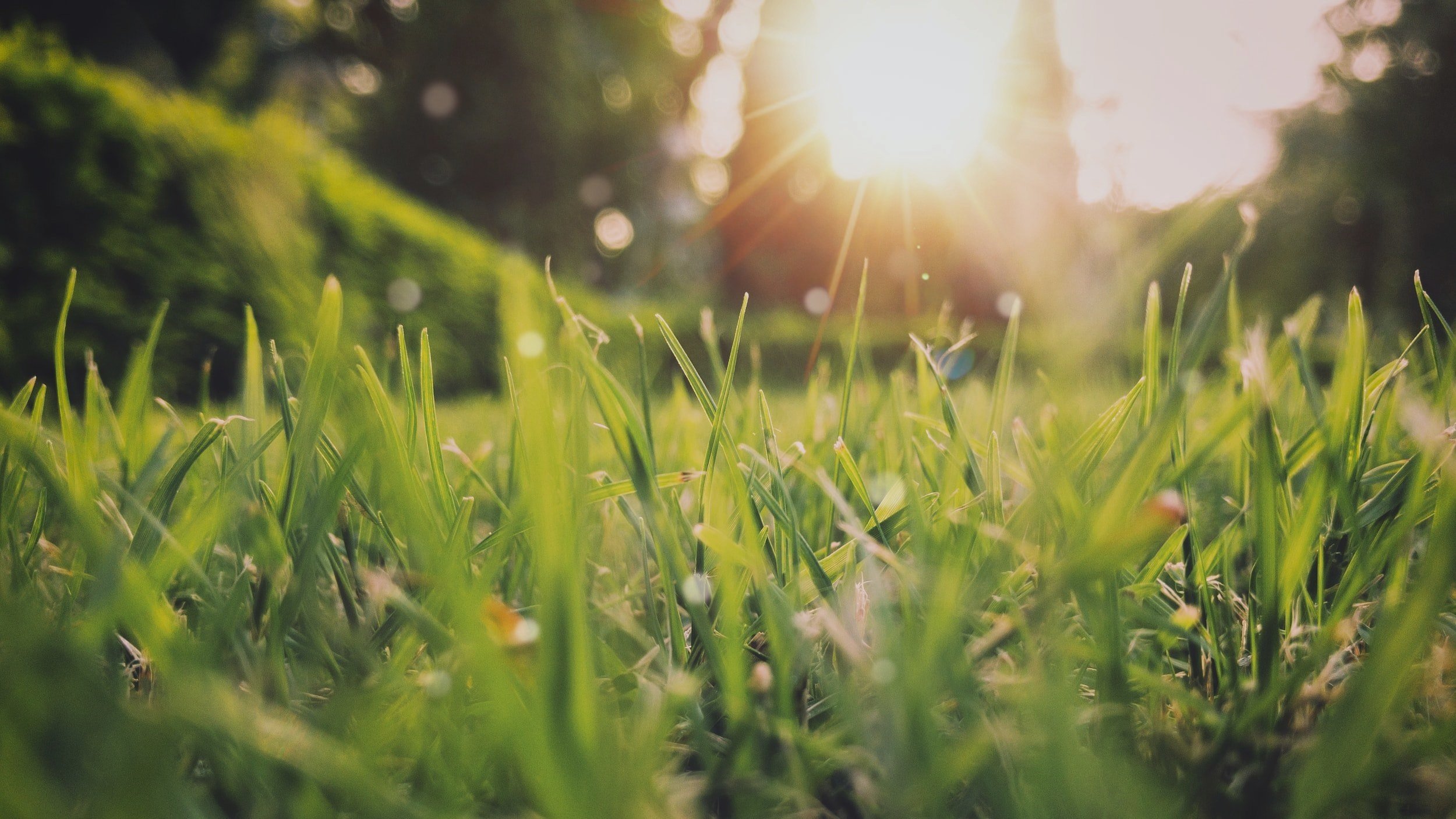
EXPERIENCING HUACHUMA

The ceremonial container and the rituals therein will differ depending on the personal relationship each Huachumero has with the plant and the traditions they’ve been initiated into. Some prefer journeying through the light of day, while others the dark of night.
Day-time ceremonies typically allow for more of an external experience, perceiving the rich vibrant beauty of nature and the life force energy that permeates and connects all beings. Night-time ceremonies are more internally focused, with visions permeating the darkness to a greater degree. A blend of day and night can carry the medicine and mystery from both worlds.
Although the ritualistic practices can differ greatly between different traditions, the use of sound, music, offerings, prayers, movement, silence, other plant remedies such as tobacco and cleansing herbs, and a variety of shamanic healing processes help to create the container of ceremony.
Some ceremonial containers are structured and ritualized, facilitating social connection between ritual participants -if one desires- while others are quite minimal, allowing individuals ample time for quiet contemplation or personal creative expression.
Within the Trichocereus/Echinopsis species, several subspecies are used as Huachuma, most notably, Trichocereus Pachanoi, Trichocereus Peruvianus (Peruvian Torch) and Trichocereus Bridgesii (Bolivian Torch).
There are various ways to ingest Huachuma, from powdered material, the consumption of resinous balls, dried cactus chips, drinking tea, or eating the flesh of the cactus raw. Within a collective ceremonial container, the medicine is typically prepared into liquid tea, which is often quite bitter and brown in colour.
Some Huachumeros will offer ritual participants one cup of medicine alone for the entirety of the ceremony, while others will offer several cups to gradually deepen into the experience as the journey unfolds.
After ingestion, the effects can begin to take hold within 1-2 hours. Some participants may experience a much more rapid take-off, while others tend to metabolize the medicine at a much slower rate. Either way, consumption of this sacramental brew kicks off a long journey of anywhere between 12-16 hours, sometimes longer, depending on the strength of the medicine and how much one consumes over the course of the ceremony.
Eduardo Calderon, a well renowned traditional Peruvian San Pedro shaman once said that the effects of San Pedro include:
”…first a slight dizziness that one hardly notices. And then a great vision, a clearing of all the faculties of the individual. It produces a light numbness in the body and afterward a tranquility. And then comes a detachment, a type of visual force in the individual inclusive of all the senses: seeing, hearing, smelling, touching, etc -all the senses, including the sixth sense, the telepathic sense of transmitting oneself across time and matter… It develops the power of perception…in the sense that when one wants to see something far away… he can distinguish powers or problems or disturbances at a great distance, so as to deal with them.”
While each person experiences Huachuma differently, and each experience carries it’s own subtleties and profundities of differences, there are certainly commonalities within the overarching theme of what Huachuma has to offer.
Huachuma medicine is an amplifier of energy. Various emotional states of being -the entire spectrum, in fact- that have been lying under the surface, within our subconscious, may bubble up and present themselves over the course of the experience, giving us the opportunity to reconcile and process them in a healthy manner.
Huachuma can be confronting and overwhelming. Huachuma can be euphoric and tranquil. There are many variables at play as to how the experience might unfold, including the ritual participants state of mind, health of body, connection to heart, soul, and spirit, the overall setting and environment, and the ability of the leading Huachumero to navigate and orchestrate the flux of energies within the ceremonial space.
Not only does this medicine amplify energy, but it has the potential to bring profound clarity to our sensory apparatus; opening our supra-sensory antennae to unfiltered perceptions of nature in wild and radiant ways. With the blooming of our awareness, much like the radiance of Huachuma’s flowers blossoming under moonlight, this plant has the power to bring us so deep into the stillness within; so aware of the subtleties of each individual slice of time in the present moment; each breath; each heartbeat, that time can dilate or seemingly cease to exist entirely.
Once one truly becomes present to beauty of the natural world, raw and unfiltered, one rarely forgets.
As the ceremony unfolds, if appropriate attention is given, one may feel the shifts in their consciousness as Huachuma ebbs and flows in waves. Nausea is not uncommon during the early phases of the journey, which often subsides as the shifts in consciousness continue to roll on. These shifts, alongside the proceeding unraveling of ceremony, may invite in different phases of ritualistic processes to guide participants through the journey.
Whatever one experiences, the opportunity is always there to still the mind, open the heart, surrender to the medicine, and lean into the discomfort when it comes our way. The dance between resistance and surrender is something we can only learn through first hand experience; coming to realize that leaning in is the best way through.
In traditional context, the maestro -under the effect of Huachuma- enters a ritual process of divination to ascertain the healing that each participants needs and the folk remedies and curative processes that will assist in the transformation. Within the setting of more contemporary ceremonies, divinatory practices and a heightened awareness of the subtleties of energy can inform the maestro how to orchestrate the space, but the healing process of purification, transformation, and unification is much more about the direct relationship between plant and participant.
Each maestro has a level of direct transmission to pass on to others in helping guide the ceremonial proceedings and unfolding of the experience, yet it’s the plant itself that is the true maestro. Shamanism at it’s core is becoming a hollow bone to gain direct revelation through spirit; experiential knowing through the wisdom of nature; finding harmony and balance within all that is.
Medicine men and women worldwide see reality through the lens of animism; that all elements of creation are living beings imbued with the same spiritual life force that interconnects and permeates all.
From the rocks, rivers, mountains, trees, rustling of the wind through deciduous fruit tree, morning song of the blackbird and honeyeater, scent of rosemary sizzling in a frying pan, sun dappled fur of a red rivered fox, to the cup of Huachuma held between the palms of our hands, all carries their own message; their own medicine; their own wisdom to share and teachings to gift; if only we’re sincere enough to lend an ear and listen.
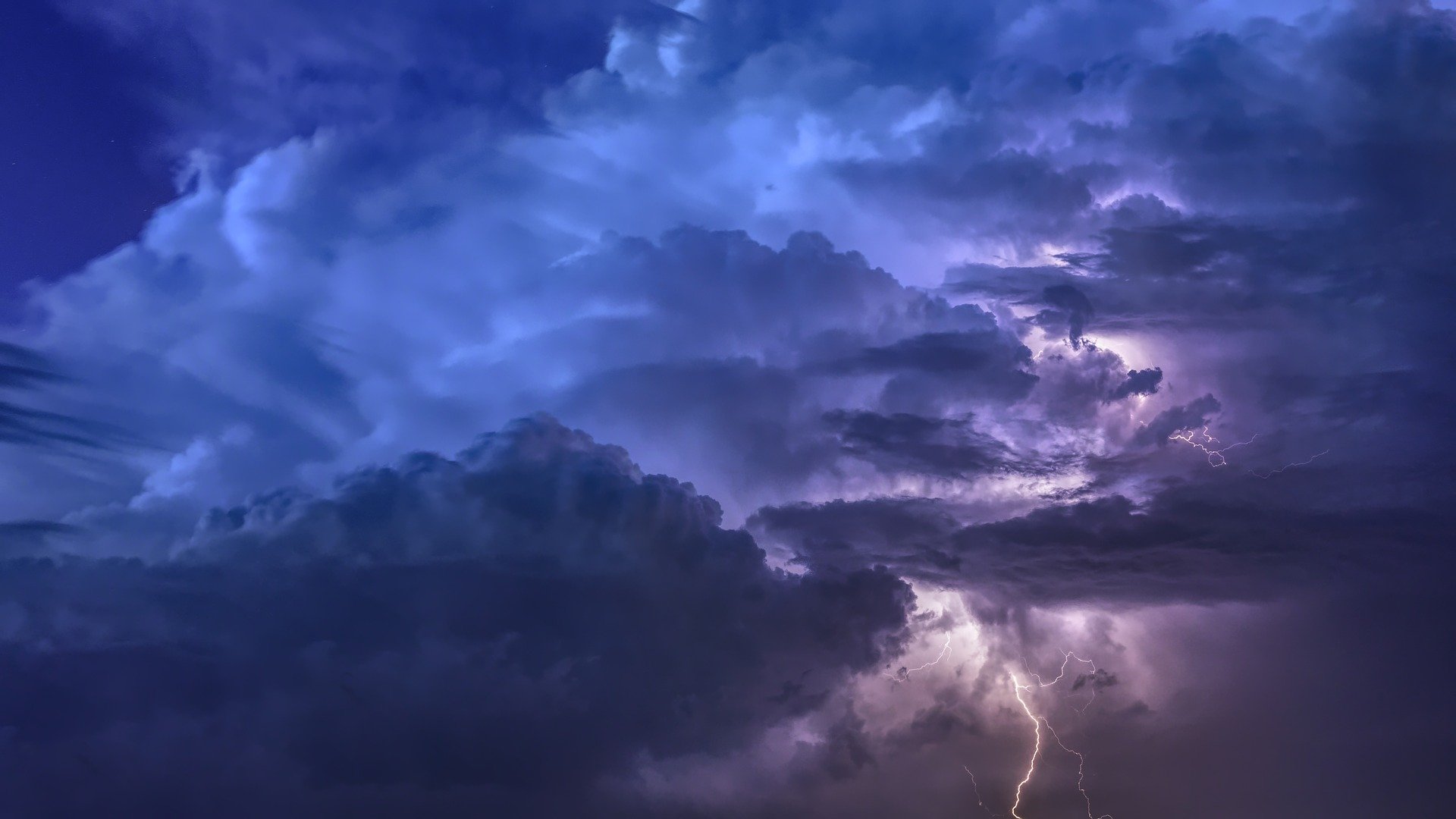
HEALTH PRECAUTIONS & CONSIDERATIONS

Huachuma has one of the safest track records when it comes to teacher plant medicines and health risks. Not once in its many thousands of years of consumption -in both a traditional and contemporary manner- has consuming this cactus been linked to a verifiable death.
(Of the physical kind, that is. Egoic and spiritual dying death and rebirth though… that’s another story.)
Keeper Trout, a respected figure in the world of sacred cacti stated, "Mescaline containing cacti poses NO risk (other than legal), either in terms of health or psychiatric well being to any normal, or even half way sane, individual who uses them knowingly and voluntarily.”
It’s arguable that without specific studies and clinical research, it’s unknown whether any contraindications exist and what quantities of consumption may equate to a potentially toxic dose, however the historical use of Huachuma and the absence of serious health complications and fatalities speaks for itself.
While studies on Huachuma could use further investigation to satiate the western scientific mind, a Harvard Medical School conducted a study on the Psychological and Cognitive Effects of Long-Term Peyote Use Among Native Americans. The conclusion was that there’s “no evidence of psychological or cognitive deficits among Native Americans using peyote regularly in a religious setting.”
When consumed in a responsible sacramental setting within the appropriate context, perhaps we could say the same for Peyote’s cousin, Huachuma.
There are, of course, cautions and considerations when approaching this medicine.
Firstly, there is an importance in adequate hydration when journeying with Huachuma. It’s not uncommon for participants to experience headaches and muscle cramps post-ceremony with a lack of fluid intake. Another consideration is the potential drop in blood sugar. People with diabetes, blood sugar issues and problems with fasting should take this into consideration and consult with their facilitator prior to ceremony.
Companion plants are not often added into the brew, but when they are, the name for the liquid has been referred to as “Cimora”. The concept here is similiar to admixture plants with Ayahuasca, where certain plants can potentiate the experience in various ways. Depending on the additives and combinations, such as using brugsmania (toé), and tobacco, the brew could be dangerous if prepared by an inexperienced Huachumero. If drinking with others, best to ask if there has been any deviation from a regular cup of medicine with only cactus material.
Mental health conditions, heart and blood pressure problems, diabetes, digestive issues, and all associated medications present another caution and consideration, however it may not necessarily stop someone from drinking Huachuma, as these could be the issues that one is asking Huachuma to assist with.
Jeffrey and Cielle Backstrom from Stepping Into Freedom, state that:
“After spending quite some time online, researching reports of adverse reactions, we found that if someone is taking antidepressants they may find diminished results with Huachuma and it might be best to taper down use before consuming San Pedro. We reached out to a doctor we know who is personally experienced with plant medicines to get his understanding. This is what we learned from him…
Mescaline, like DMT and many other "psychedelic" compounds, activates the 5-HT2A receptor primarily -- that is one of the main serotonin receptors. Combining that with an SSRI depressant is something I'm not sure about the effect. If you've heard it diminishes the ceremony, that might be because of competitive inhibition of the serotonin receptors by the extra serotonin caused by the antidepressants.
The bottom line is that it is probably safe -- certainly not the kind of dangers as with ayahuasca -- but I simply do not know and I probably wouldn't do it myself. I would get off the SSRI for at least two weeks before -- which is what I would do for ayahuasca…
However, if you are taking antidepressants, we invite you to take a long inward look... and consider what process they are preventing in you. We have seen people have some extremely difficult times, when the plant overwhelms the antidepressant, and whatever was being suppressed suddenly pops to the surface. The results can frankly be very uncomfortable.
Anthistamines are generally very safe -- if they can be taken out of the equation, all the better, but if they happen to be on board, I would not have anxiety about those for myself, personally.
Blood pressure meds are a diverse group - different mechanisms, different interactions, different risks. And just having high blood pressure is another topic worthy of consideration, as ayahuasca definitely, and probably Huachuma, too, but to a lesser extent, can cause big fluctuations in blood pressure during a ceremony. If in doubt, check with your physician.”
Whatever health conditions and current medications one is taking, it’s responsible to let your facilitator know ahead of time so that these consideration can be taken into account.
Women who are pregnant and/or breastfeeding should also let their facilitator know beforehand. While some studies show the potential for health risks, as documented in this article, indigenous communities are known to consume teacher plants, such as Ayahuasca, Huachuma and Peyote, during pregnancy and early childbirth.
“In some places in Southwestern Mexico, peyote is still a huge part of ceremonial life, and is used by whole families, pregnant mothers and breastfeeding mothers. In a small piece done by Hamilton University that reflects on the original work done by Schaefer in 1996 it is stated that, “Peyote is introduced to certain Huichol children very early, first within the womb, sometimes during childbirth, and during breastfeeding”.
It’s important that all of the above is not construed as professional medical advice. If you have any health issues or concerns prior to engaging with teacher plant medicine work, consultation with a professional and trustworthy health practitioner is advised.

FURTHER READING & RESOURCES

Cactus of Mystery: The Shamanic Powers of the Peruvian San Pedro Cactus - Ross Heaven
Don Howard Lawler on Plant Medicine and Service | Aubrey Marcus Podcast
Mescaline: A Global History of the First Psychedelic - Mike Jay
San Pedro Huachuma: Opening the Pathways of the Heart - Javier Reguiero
The Cactus of Sanity: Huachuma in a Time of Chaos - Sergey Baranov
The San Pedro Cactus in Peruvian Folk Healing - Douglas Sharon
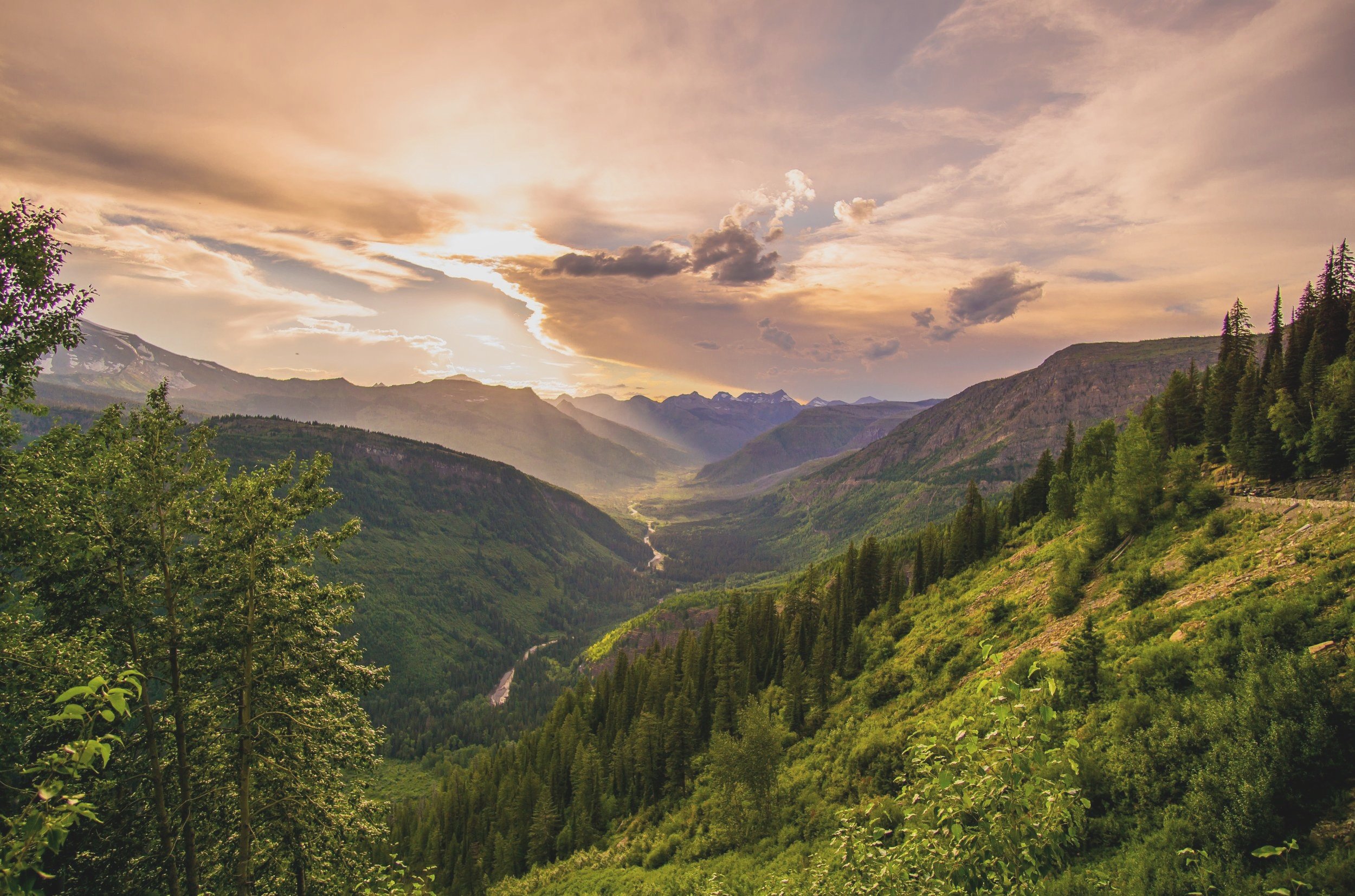
“San Pedro reconnects us to the Earth and helps us realize that there is no separation between us - you, me, the soil, the sky.
We are one.
It’s one thing to read that… But to actually experience that is the most beautiful gift we can receive.”
— Ross Heaven, The Hummingbird’s Journey To God



